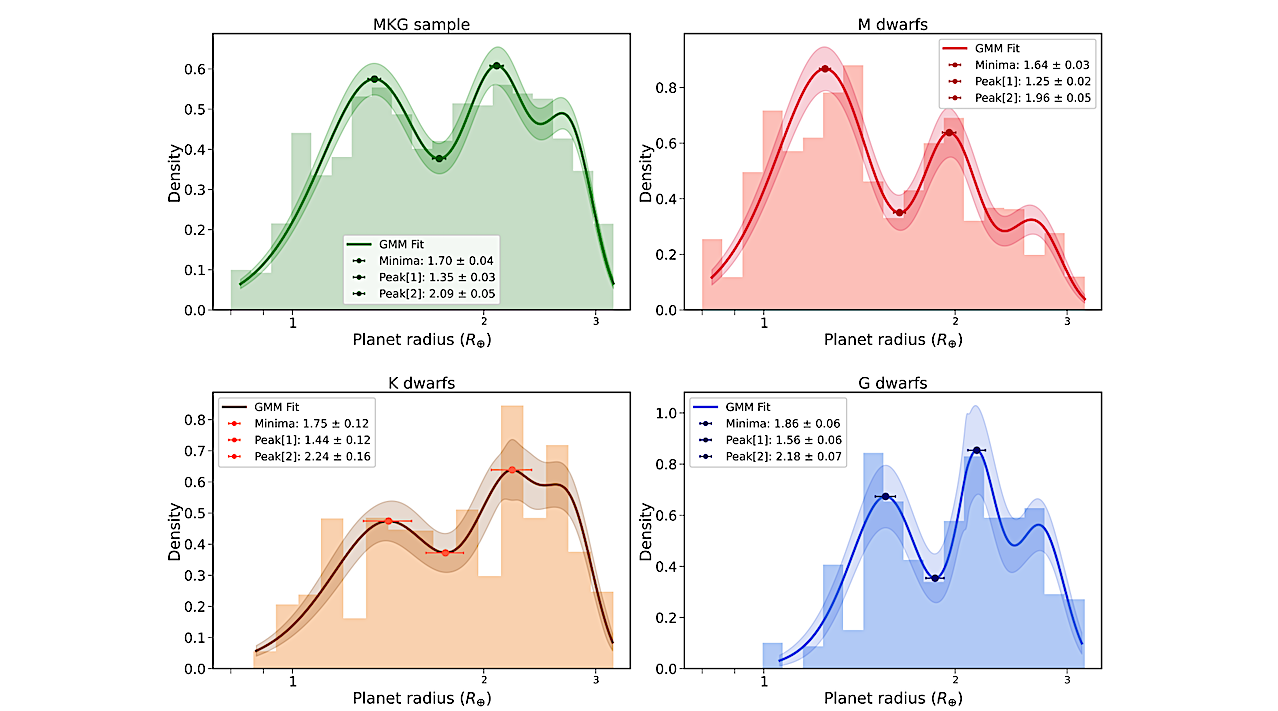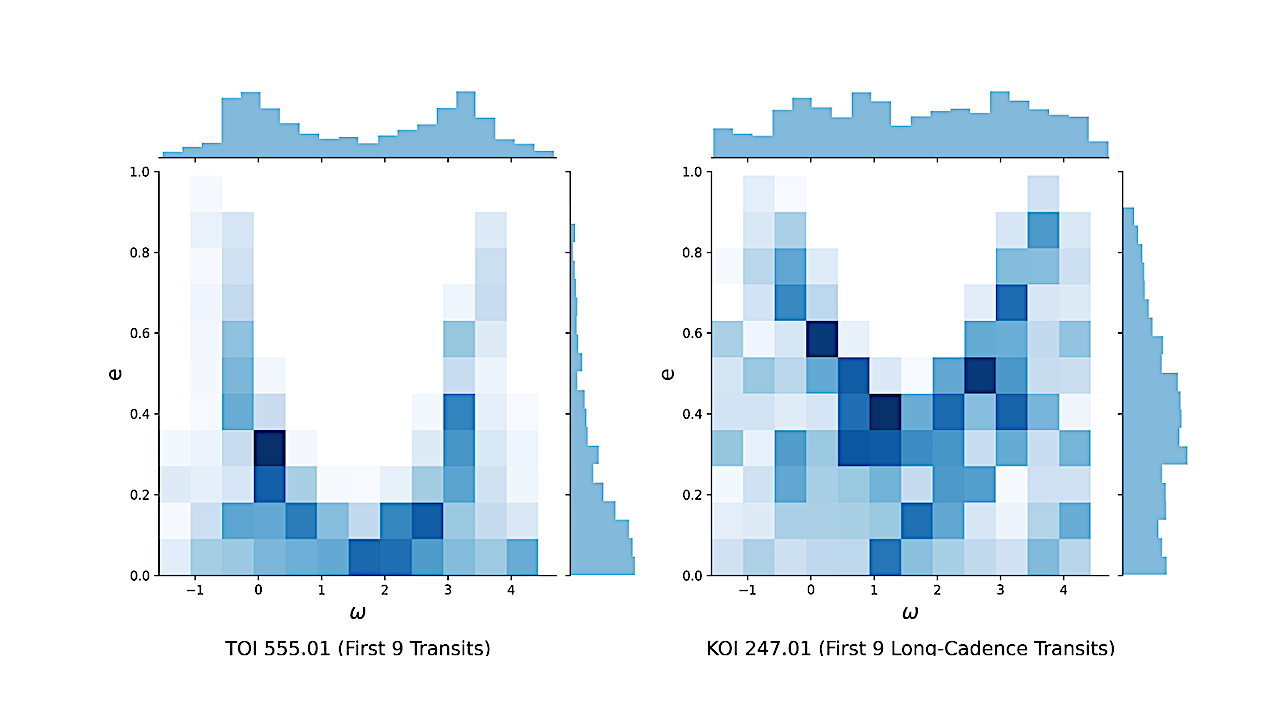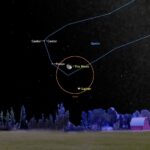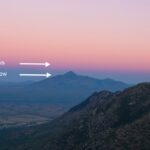Now Reading: Radius Valley Scaling Among Low Mass Stars With TESS
-
01
Radius Valley Scaling Among Low Mass Stars With TESS
Radius Valley Scaling Among Low Mass Stars With TESS


GMM fits to the unbinned radius data, along with corresponding histograms, are presented for the entire low-mass star sample and for M, K, and G stellar types. The Super-Earth and Mini-Neptune peaks, as well as the radius valley, are indicated in each plot. — astro-ph.EP
The Transiting Exoplanet Survey Satellite (TESS) has been highly successful in detecting planets in close orbits around low-mass stars, particularly M dwarfs.
This presents a valuable opportunity to conduct detailed population studies to understand how these planets depend on the properties of their host stars. The previously observed radius valley in Sun-like stars has not been unambiguously detected among M dwarfs, and how its properties varies when compared with more massive stars remains uncertain.
We use a volume-limited sample of low mass stars with precise photometric stellar parameters from the bioverse catalog of TESS Objects of Interest (TOIs) confirmed planets and candidates within 120 pc. We detect the radius valley around M dwarfs at a location of 1.64 ± 0.03 R⊕ and with a depth of approximately 45%.
The radius valley among GKM stars scales with stellar mass as Rp∝M0.15±0.04∗. The slope is consistent, within 0.3σ, with those around Sun-like stars. For M dwarfs, the discrepancy is 3.6σ with the extrapolated slope from the Kepler FGK sample, marking the point where the deviation from previous results begins.
Moreover, we do not see a clear shift in the radius valley between early and mid M dwarfs. The flatter scaling of the radius valley for lower-mass stars suggests that mechanisms other than atmospheric mass loss through photoevaporation may shape the radius distribution of planets around M dwarfs.
Comparison of the slope with various planet formation and evolution models matches well with pebble accretion models including waterworlds, indicating a potentially different regime of planet formation that can be probed with exoplanets around the lowest mass stars.
Harshitha M. Parashivamurthy, Gijs D. Mulders
Comments: 10 pages & 9 figures. Resubmitted to A&A journal
Subjects: Earth and Planetary Astrophysics (astro-ph.EP)
Cite as: arXiv:2507.07181 [astro-ph.EP] (or arXiv:2507.07181v1 [astro-ph.EP] for this version)
https://doi.org/10.48550/arXiv.2507.07181
Focus to learn more
Submission history
From: Harshitha M Parashivamurthy
[v1] Wed, 9 Jul 2025 18:00:04 UTC (5,199 KB)
https://arxiv.org/abs/2507.07181
Astrobiology,
Stay Informed With the Latest & Most Important News
Previous Post
Next Post
-
 012024 in Review: Highlights from NASA in Silicon Valley
012024 in Review: Highlights from NASA in Silicon Valley -
 02Panasonic Leica Summilux DG 15mm f/1.7 ASPH review
02Panasonic Leica Summilux DG 15mm f/1.7 ASPH review -
 03How New NASA, India Earth Satellite NISAR Will See Earth
03How New NASA, India Earth Satellite NISAR Will See Earth -
 04And Thus Begins A New Year For Life On Earth
04And Thus Begins A New Year For Life On Earth -
 05Astronomy Activation Ambassadors: A New Era
05Astronomy Activation Ambassadors: A New Era -
06SpaceX launch surge helps set new global launch record in 2024
-
 07Space Force plans new ‘Futures Command’ amid pressure to speed up modernization
07Space Force plans new ‘Futures Command’ amid pressure to speed up modernization





















